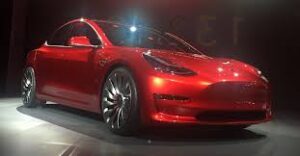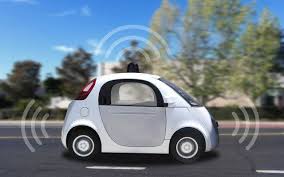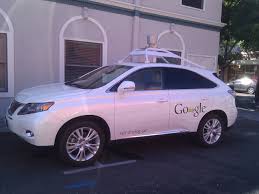At first glance, drones and driver less cars are not like each other. But the latest iterations of both use advanced AI and machine based learning and are designed to reduce the need or awareness of manned pilots.
Let’s look at cars first, for example, my wife and her parents both purchased new cars with some AI features build in that use sensors that are located in different areas around the car. It does not drive itself, but gives you alerts if you wander too far to the side of the road or over the center line. It has sensors that will alert you if you get within range of another vehicle. By no means is that an automated vehicle but it does help you be aware of driving too close to other cars, or you are not in the correct position on your lane, and other things. Both also do things like lower the headlights from high to low as it senses a car coming toward you and within range. I would call it driver assist.
One step further would be the cars from Tesla, and later generations of cars that are on the horizon which have further enhancements that allow the car to drive itself with a manned driver ready to take over if needed. Certainly more advanced than my wife’s car but it still has a steering wheel, and requires a driver to operate the vehicle most of the time or be able to step in if there is a problem.

What about tomorrow? Many car manufacturers and some transportation companies are working on the concept of the driver less car. The technology giant Google comes to mind as well major transportation companies that have disrupted the cab business such as Lyft and Uber. General Motors has announced plans as have many other car companies.
These are a step further, the design point is that these vehicles have no driver and would transport us or something from point a to point b using a combination of a pre-programmed routes and/or make decisions of what the car does and how it reacts with other objects on the road. It uses sensors and A/I algorithms to allow it to navigate on it’s own part around other vehicles, people, animals, and moving and stationary objects.


The hyperbole is overwhelming.
The problem is not that the technology does not work, ever, it just does not work currently 100% of the times with every scenario so that it can be relied upon in every case. For example a Uber test car killed a pedestrian earlier this year. A Tesla car also killed another pedestrian that was on auto-pilot. There is a cost.
Now we have written about AI and drones before.
Drones fly closer to the ground than most aircraft and have to avoid objects that are close to the ground (delivery). If a drone delivers something to you, it is usually going to have to get low to do so.
Most of the action takes place between say 100 feet and 400 feet, still have to contend with objects such as building, people, animals, cars and trucks, trees, etc to avoid but far fewer than a car. Objects can be avoided in 3D rather than 2D, Drones have the ability to go over or sometimes under objects that cars can not.
Drones now use sense and avoid technology, and /or can automate some if not all of it’s flights.
It will be important to get it right.
The interim head of the FAA speaking at a recent conference talked about how they need to be intolerant to any problems prior to full airspace integration and I think that he may be right.
CEO DroneLife.com, DroneRacingLife.com, and CMO of Jobfordrones.com. Principle at Spalding Barker Strategies. Has enjoyed working with and around the commercial drone industry for the last 10 years. Attendance and speaker at Industry Events such as Commercial UAV, InterGeo, Interdrone and others. Proud father of two. Enjoys karate, Sherlock Holmes, and interesting things. Subscribe to all things drone at DroneLife here. Email is Harry@dronelife.com. Make Sure that you WhiteList us in your email to make sure you get our Newsletter. Editor1@dronelife.com.







[…] What Drones Could Learn from the Problems with Driver less Cars? […]